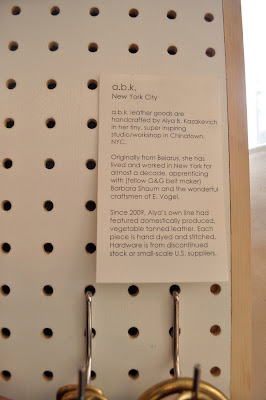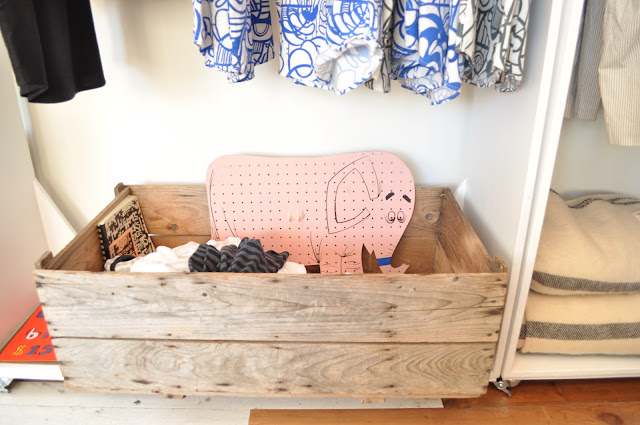 |
| Isabella Coraça's design |
Copper hasn’t always been a designer’s
prime choice when it comes to making jewels.
It does oxidize easily, and changes its
own look, as well as other metals it alloys with. But once in a while,
especially in fashion, it is the underdog that become the superstar.
What does the idea of jewelry mean to
us? Diamonds, sapphires and emeralds set in gold and silver are not the only
ones worthy of the connotation. We might want to open our eyes to 21st
century statement jewelry – designers continue to create statement pieces for
the body, but a lot of things have changed. Let’s start with scale and
materials. Who said we cannot dress ourselves in jewelry, rather than just mere
garments?
Isabella Coraça is someone who might
have found jewelry by chance, and yet she discovered so much more in an art
that many people would take as limited to the great jewelry companies. As a
full time curator-assistant at the Victoria and Albert Museum, and part time fashion
and jewelry designer, Isabella ties her love for fashion history and designing
in the shape of one of a kind neckpieces, or better said, collars. Plus, she
might have made copper one trendy shade to covet.
Here’s a little chat we had about her
day to day in London, and her latest piece – an orchid necklace made specially
for a bride to be.
Hello my dear! What are you
working on right now?
Hello
my darling! Right now I'm trying to figure Christmas presents out. I always try
to create some sort of jewelry for my close ones, so it's personal and unique.
Besides, they are my best clients!
 |
| 17th century-laces inspired necklace |
"Style, just like most things, takes time and effort to evolve."
How long ago did you start
designing jewelry? Would you consider it a hobby now a day?
Well,
I started designing jewelry in college. At the fashion school I attended in
Brazil, we had to go through most aspects of fashion, from women’s wear to
textile design to marketing... Jewelry design really clicked for me, so I
decided to graduate with a jewelry collection. It was great fun, best way to
sum up the four intense years of college. My collection ended up being really
well received, which also helped! For a while I considered becoming a
professional jeweler, but life took a slightly different path. Soon after I
graduated, I got the opportunity to move to London, study fashion history and
get into the curatorial world. Then again, I am not quite sure if I would call jewelry
a hobby, I can still see myself doing something with it. It's just not the
priority right now.
What is your idea of
contemporary jewelry? And how would you describe your style?
To
be honest, I don't think I have produced enough to be able to develop my style.
Style, just like most things, takes time and effort to evolve. I do, however,
have some features that are quite occurring in my frame of work. For instance,
I tend to put a lot of focus on texture and materiality, either by mixing
contrasting materials and/or by manipulating them. I also prefer to design
larger pieces, almost as if they were the continuation of a garment. I supposed
this is in part because of my formation, which is primarily of clothing design.
When creating a piece of jewelry, the body plays as an important role as it
would for the conception of a dress. Maybe this is where my style is evolving
to, the merge between fashion and jewelry.

Do you wear the pieces that
you design?
To
be fairly honest, I don't really wear my creations. I am captivated by jewelry
and accessories in general, and I believe they can do miracles to an outfit.
Still, you can count in your hands the amount of times I've changed my
earrings! On a daily basis, I just prefer not to draw too much attention to
myself, and as I mentioned, my creations are usually quite large, if not
extravagant. Besides, at my work is preferable not to wear anything that might
damage the objects I handle.
What inspires you on a
regular basis?
History, always and forever! Everything that I ever designed, in
fashion school or professionally, I always had at least one historical
reference. So now that I work in museums, you can imagine how influential
history is to me. Basically, it's all I think of! Last year, around Christmas
time, I was working with a lot of 17th century laces, so guess what was the
inspiration for the Christmas presents?!
What was the inspiration
for your orchids-necklace?
The orchid-necklace was a special case. Usually I start my
designs with a mood that progressively evolves into imagery references and
inspirations. For this necklace, however, I started with a question that asked
for certain features. In a way, I took a rather architectural approach. I
needed to create a piece of jewelry to complement a full lace wedding dress. It
had to be something large enough to create a focus of interest over the simple
front, but not too intricate to fight with the beautiful Guipure lace. It
had to be asymmetrical so to contrast with the straight neckline, and it could
not disturb the detail of the back.
 |
| Necklace sketch |
 |
| Isabella |
Tell me a little bit about
the process of creating it? It looks very intricate and detailed. I love IT! (What
materials, techniques did you use)
Working on those aspects, I ended up with a shadowy
outline, which I sketched over and over on a picture of the bride wearing the
dress. I still needed a proper shape to fill on of the edges of the necklace.
At the same time, I kept thinking of the orange blossoms that brides used to
wear during the Victorian period, and the thought of using some sort of flower
was very appealing, conceptually and visually. Finally I came up with orchids,
mainly because they were around the house! Also, they had a simplify shape that
would be easier to recreate.
 |
| Orchid-necklace |
What do you feel seeing
your jewelry being worn by someone close to you, as Ju?
I think the best part of having your creation worn by somebody
close to you is the complicity it creates. During the whole design process, I
had my friend in mind. She was as much part of the necklace as its shape or color.
And by the time she worn it, it felt like she was wearing a piece of me.
Besides, there's the mutual trust, from me to create something beautiful, and
from her to accept my ideas and judgment. And of course, there's the
pride and relieve when everything works perfect and successfully!
Where can we find your
jewelry, fashion designs?
Right
now, I think the only place to find my designs would be in my private archive
(a.k.a. my parents' house!). In 2011 I had my graduation collection exhibited
at a gallery in Stockholm, but since then, nowhere else. I definitely plan on
having a venue for my jewelry, but that is something for the future.
Images courtesy of Isabella Coraça
For more information e-mail her at isabellacgv@gmail.com




































